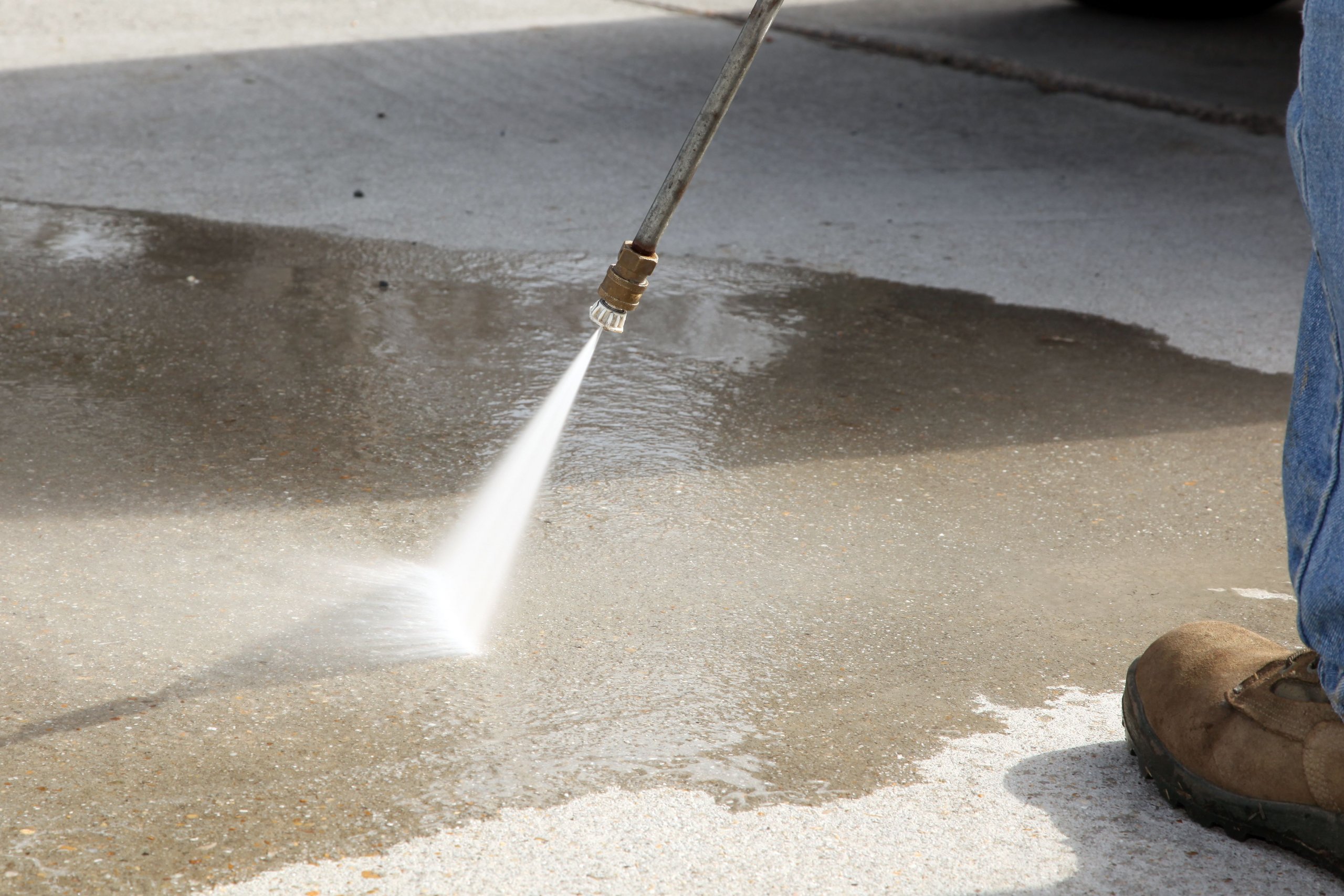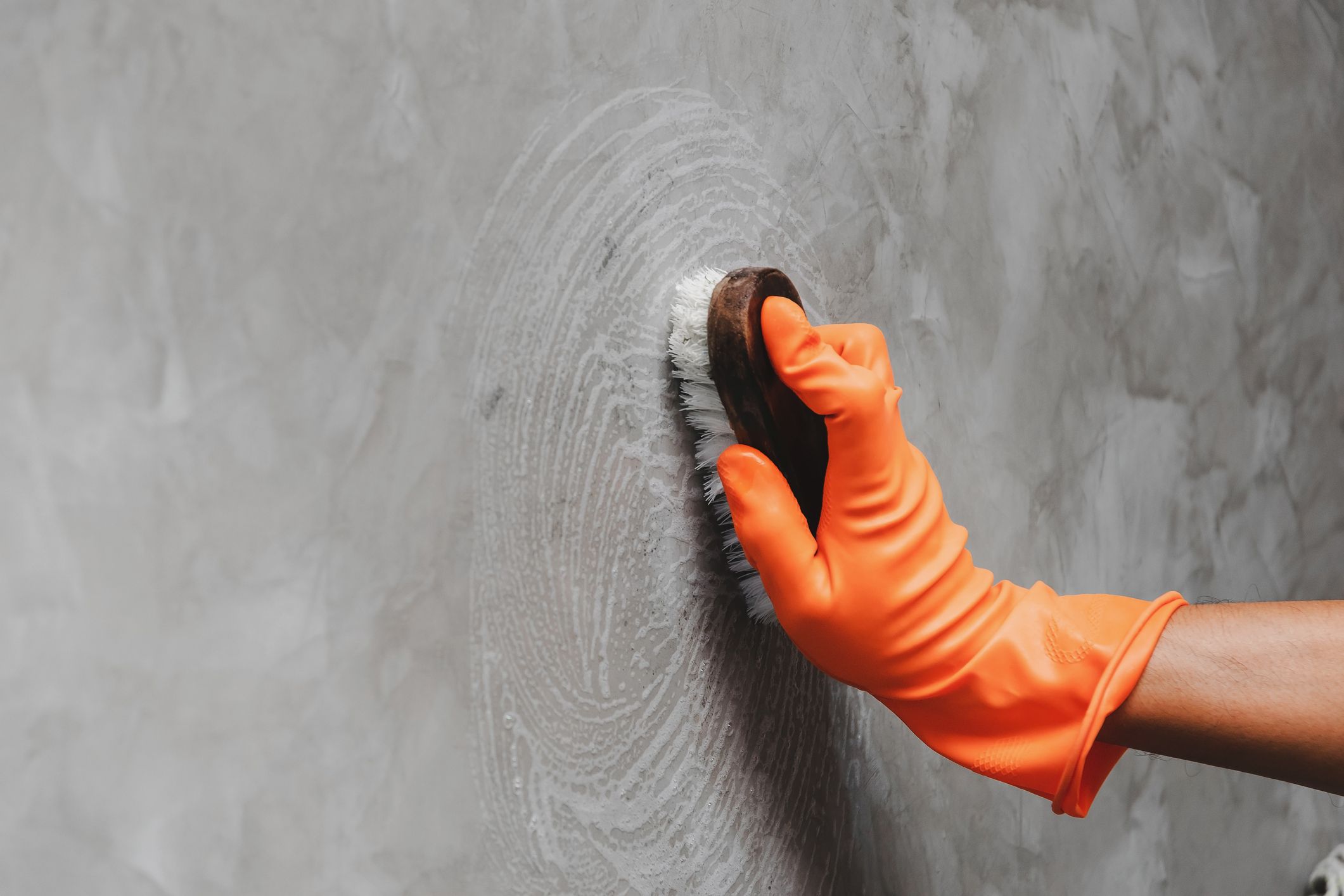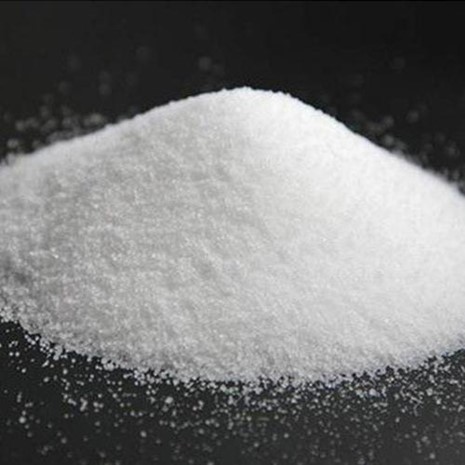How to Clean A Cement Patio Without A Pressure Washer?

Keeping your concrete patio clean is essential for its longevity and aesthetic appeal.
The best time for a thorough clean is usually during the spring season.
However, a year-round maintenance schedule, which includes regular sweeping to prevent dust accumulation, is crucial.
This guide focuses on how to clean a cement patio without a pressure washer, a common challenge since these devices can be costly and not readily available to everyone.
Pressure washers are costly items that not everyone can afford or may not be available now.
Dive into the detailed guide below to learn how to clean a cement patio without a pressure washer.
1. Usage of Vinegar

Vinegar, celebrated for its natural and eco-friendly properties, is an excellent choice for those seeking how to clean a cement patio without a pressure washer.
Safe for both the environment and your patio, vinegar is an effective agent against mild stains.
Start by removing all furniture and decorations from the area.
Create a solution of equal parts white vinegar and water, spray it evenly over the patio, and allow it to sit for about 30 minutes.
This waiting period lets the vinegar break down dirt and mildew.
For more stubborn stains, consider using undiluted vinegar. Let it soak into the stain for an extra 10 minutes before scrubbing.
This approach ensures that even the most persistent stains are addressed, leaving your patio looking refreshed and revitalized.
- All natural
- Special cleaning strength
- Safe for cooking
- Perfect for cleaning
2. Sweeping

Regularly sweeping your patio is more than just a cleaning routine; it’s a preventive measure to maintain the patio’s aesthetic and structural integrity.
By routinely removing loose dirt, you prevent it from becoming embedded in the concrete, which can lead to discoloration and degradation over time.
In instances of severe neglect, where fungal growth or deeply integrated dirt becomes evident, professional cleaning may be the best course of action.
However, for day-to-day maintenance, a simple broom can work wonders.
Sweeping keeps the patio looking neat and extends its lifespan by preventing the buildup of materials that can cause long-term damage.
- Starter Kit includes 1 Sweeper, 14 Dry Sweeping Cloths, 5 Wet Mopping Cloths
- Add versatility to your cleaning routine with Sweeper. This 2-in-1 tool is a combination of both a...
- Safe on all floor types, so you can use it on tile, hardwood, and vinyl flooring* *do not use on...
- Great for small living spaces like apartments and dorm rooms, Swiffer is compact, lightweight and...
3. Usage of Baking Soda

Baking soda is a household staple that can be repurposed as an effective cleaning agent, perfect for those pondering how to clean cement patios without a pressure washer.
To create a potent cleaning paste, mix a half cup of baking soda with a gallon of water.
The consistency should be similar to that of a thick soup, allowing it to cling to the surface and penetrate stains.
For an added boost, a small amount of liquid dish detergent can be mixed in, enhancing the solution’s ability to break down grease and grime.
Apply this mixture generously to the patio, let it sit for about 30 minutes to allow the baking soda to lift the dirt, and then scrub vigorously.
This method not only cleans the surface but also deodorizes, leaving behind a clean, fresh scent.
- Pure Original Ingredients Baking Soda
- Great for cooking, baking, and cleaning
- Aluminum Free; Baking Soda is and always has been pure Sodium Bicarbonate, and Aluminum has never...
- Always pure ingredients with no additives
4. Usage of Muriatic Acid

Muriatic acid, while effective, is a powerful chemical that demands respect and caution.
It’s an ideal solution for those stubborn stains that resist other cleaning methods. When using muriatic acid, safety should be your top priority.
Always wear protective eyewear and gloves, and consider additional protective clothing to safeguard your skin.
Due to its corrosive nature, muriatic acid should be used in a well-ventilated area to avoid inhaling fumes.
Given its strength, it’s often advisable to seek professional assistance, especially if you’re unfamiliar with handling such chemicals.
For DIY enthusiasts, ensure you follow the product’s instructions meticulously to avoid damaging your patio or harming yourself.
- AcidBlue by Champion is a buffered, low-fume replacement for standard muriatic acid. Acid Blue uses...
- ✅ Vapor Reduction Technology reduces up to 90% of harmful vapors normally associated with 'old...
- ✅ Controls the pH level of water in pools - super effective pool water balancer
- ✅ Brightens concrete & masonry surfaces
5. Usage of Bleach

Bleach, known for its disinfecting and stain-removing properties, is a powerful tool for tackling tough stains on your patio.
However, its potency also makes it a chemical that should be used sparingly and cautiously.
When preparing to use bleach, don protective gloves and a mask to avoid direct contact with the skin and inhalation of fumes.
Dilute the bleach with water before applying it to the affected areas. Be vigilant to prevent the solution from reaching nearby plants or lawn areas, as bleach can harm vegetation.
After applying the bleach solution, allow it to sit for about 10 minutes, allowing ample time to break down the stains.
Then, scrub the area with a brush and rinse thoroughly.
Remember, bleach should be your last resort when other milder solutions fail to yield results.
- Performance Bleach is a new and improved concentrated formula with more power per drop. Works with...
6. Usage of Trisodium Phosphate

Trisodium Phosphate, or TSP, mixed with hot water, forms a potent cleaning concoction capable of tackling even the most challenging stains and dirt on your cement patio.
This solution is particularly effective for deep cleaning, penetrating the porous surface of the concrete to lift and remove grime.
To prepare, mix TSP with hot water, ensuring a lump-free solution. Apply it to the stained areas using a nylon brush for scrubbing.
The nylon bristles are gentle enough to prevent scratching the concrete while effectively removing dirt.
Be cautious to avoid using metallic brushes, as they can leave a metallic residue that could lead to rust stains.
After thoroughly scrubbing the patio, rinse it off to reveal a cleaner, more inviting surface.
This method not only cleans the surface but prepares it for further maintenance or decorative endeavors.
Conclusion
Maintaining a cement patio’s cleanliness and appeal doesn’t necessitate using high-powered equipment like pressure washers.
As we’ve explored, household items such as vinegar, baking soda, and even more potent substances like muriatic acid and bleach can be effective alternatives.
Each method, from the eco-friendly vinegar solution to the more robust Trisodium Phosphate mixture, offers a way to tackle different levels of staining and dirt accumulation.
Regular sweeping is crucial in preventing debris buildup and ensuring the patio remains in good condition.
Now, there is no point in wondering how to clean a cement patio without a pressure washer; these methods provide practical solutions and emphasize the importance of regular maintenance.
By adopting these simple yet effective techniques, homeowners can ensure their patios remain a beautiful, welcoming space for family gatherings and outdoor relaxation.







